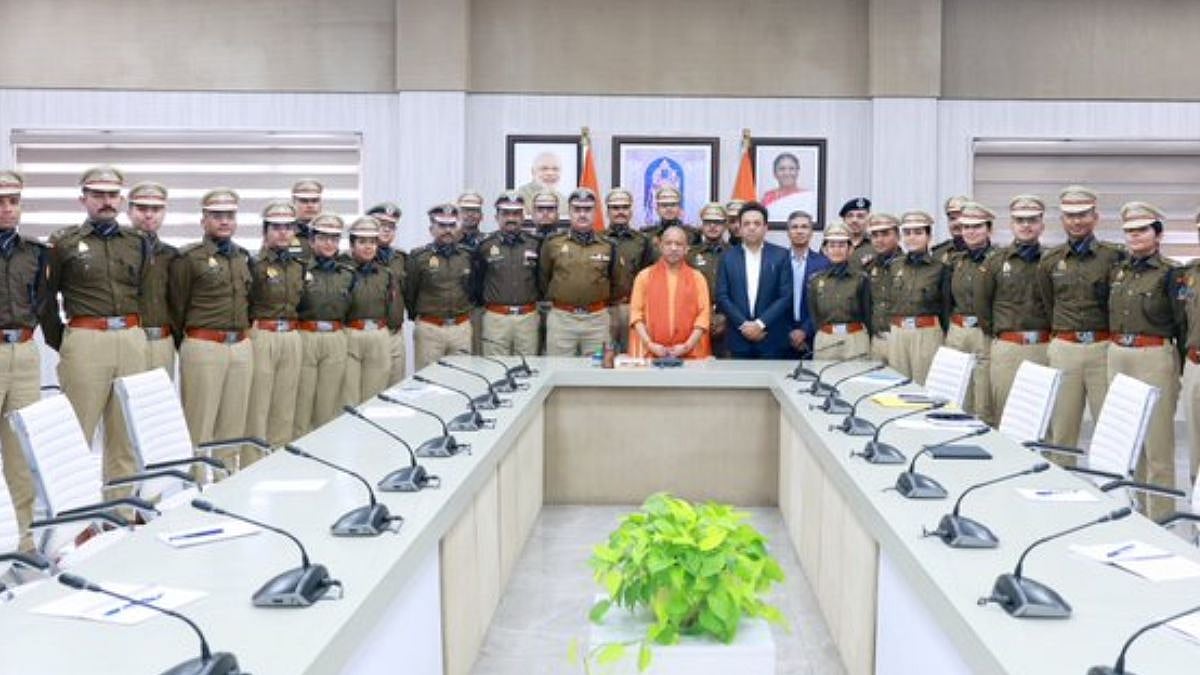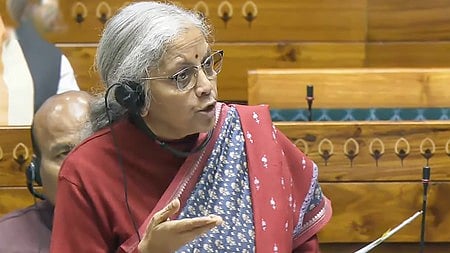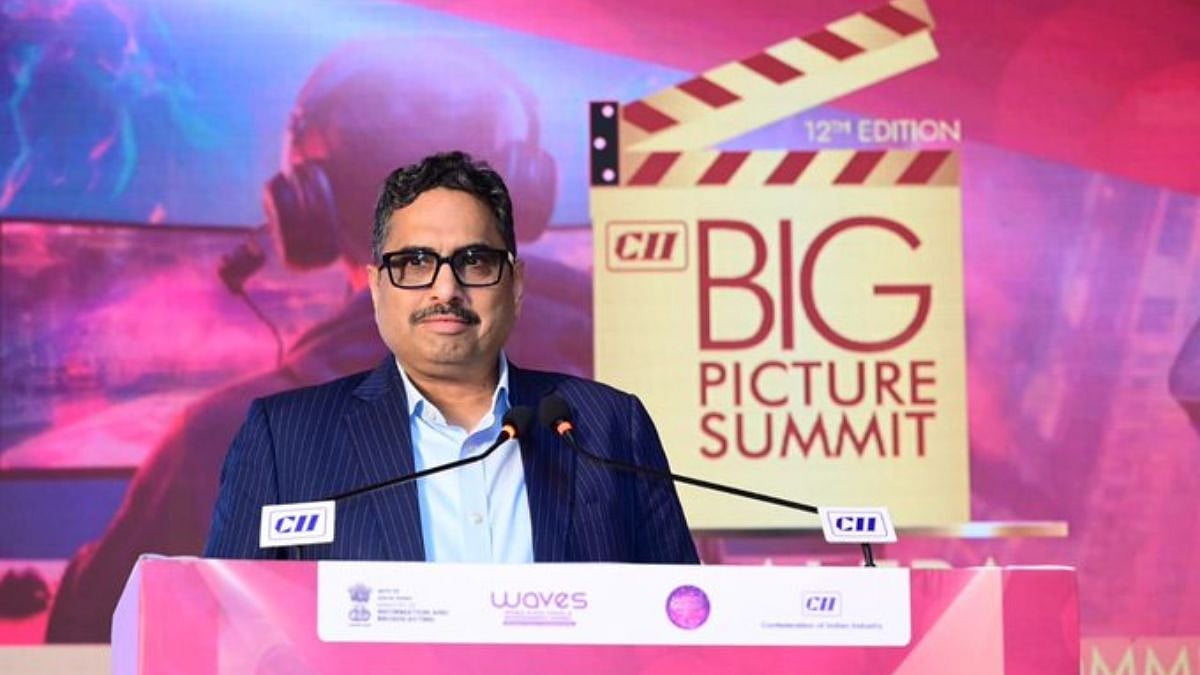Brands and restaurants everywhere offer discounts to gain customers interest. Used to be a seasonal thing where they give a discount to encourage them to come on a Diwali or a Christmas, but now, thanks to the e-commerce giants and food aggregators, the discount is a daily routine.
The e-commerce giants and food aggregators have no doubt created a great market in the lines of on-demand delivery, but this creation came at a cost to the restaurants and other brands. For an entire generation, consumerism is now driven by “sale” and “discount”. What the consumers fail to understand or comprehend is the concept of profit vs. discount.
Let’s look at a simple example: Chacha Chaudhary is an Indian cuisine restaurant based out of a metropolitan city and only makes Butter Chicken.

Butter Chicken with naan | Filed Image
This is how the math works:
= Food Cost (Chicken 100g + Yogurt + Spices + Onion + Tomato + Butter + Cream). Going with the retail prices, it would come to about Rs 125. For a restaurant or a food company, because they buy wholesale, the cost would come to around Rs 45 - 50.
= Packaging Cost. Depending on the quality and kind of packaging, it could cost anywhere between Rs 6 - 20.
=> Total Production Cost = Rs 50 - 70.
On top of this, the restaurant has to pay its rentals, electricity & gas bills, salaries and other expenses. It amounts to approximately ₹375 per hour, and if you assume that Chacha Chaudhary makes an average of 10 Butter chicken dishes, it would be ₹37.5 per dish.
=> Average cost = ₹97.5. Adding the delivery charges, say, ₹25, the cost would be ₹122.5
Assuming the Industry average of a restaurant’s profit margin is 35 - 50%
=> Dish would be priced around ₹188 - 245, an average of ₹216.5
Now comes the discount demon. Imagine the restaurant offers a discount of 20%, the 20% difference is added to the price so that the margins do not suffer.
=> New Price of the Dish would be ₹270, and as the discount increases, this price would go up. Logically, this is how the pricing vs. discount curve would work to keep the profit margins from declining.
What’s happening now?
Now, there is a limitation to the price increases. You can’t get away with pricing a butter chicken dish from a mid-level restaurant at ₹1,000, only 5 and 7 star-studded places can pull that stunt!
So, in order to remain relatively competitive to its peers, Chacha Chaudhary would stop the pricing around, say, ₹300, which means the highest discount it can offer without hurting its profit margins is around 30%. Any higher, it’s squeezing its profits. Now, open your apps and check the number of restaurants who offer discounts higher than 30%. I bet the number is in triple digits, at the least.
Squeezing profits will make it tougher for the restaurant to sustain its business. The more discount it offers, the more it suffers. So discounting is a no-win scenario. What does a restaurant do in such cases? Why? It reduces the quantity of chicken and the gravy becomes watery, resulting in a substandard meal. So, as a consumer, you would eat a substandard meal at a higher price, for a dish that costs ₹216.5! And a customer who buys it at a discounted price, will never buy the same one at a full price.
Now tell me again, how is discount a good thing?
And to make it worse, someone else is always willing to go cheaper. Think of big businesses which can underprice all the small brands! Most restaurants cannot hold onto the squeeze in profits and shut down operations within months. We have seen a lot of restaurants and cloud kitchens closing shop, all over the place. Amidst this kind of atmosphere, it is almost impossible to be honest with the pricing. Even when you price your dish honestly, at ₹200, the consumer still looks for a discount.
The e-commerce and the food aggregators have undoubtedly disrupted the consumer behaviour, leading to the growth of the On-demand industry. More than the consumer behaviour, it is the consumer mindset that they have changed. The mindset of ‘not purchasing when there is no freebie or discount given’, is what is ruling the marketing strategies all around. Don’t you think this creates an entire generation of entitled folks? Forget about the small and medium size brands, even semi-luxury brands like Audi have started offering discounts!
Consumers should choose you for the quality and experience, and not the price. Loyal consumers are the best kind of consumers, and they bring most of your revenues. Building a quality consumer base should be the goal for any brand and receiving a great product and fantastic experience should be the consumer’s agenda. A win-win!
Now that my rant is over, I am craving a pizza. There is a pizza place near my home that offers 50% discount and gives a free soda, fries and a condo on Mars!
Alekhya Boora is the co-founder of Ripsey, a deep-tech food startup, and an ex-investment banker with UBS and PwC.











